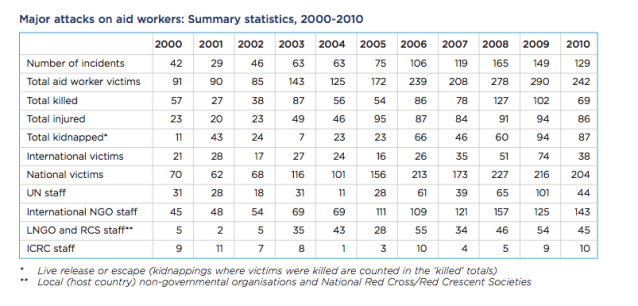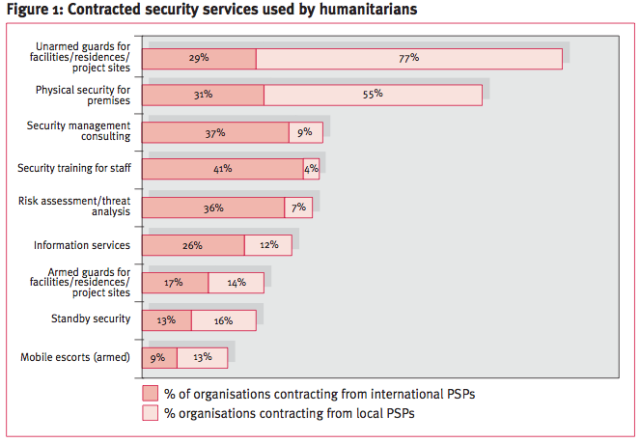This is cool and I wanted to do a post about this new evolution in feral hog eradication. Jager Pro is a veteran owned and operated hunting service that specializes in the eradication of feral pigs.
They are also very good at what they do. From using thermal optics on AR 10 type rifles and hunting these animals at night, to using high tech trapping methods like the MINE trapping system. Because it is a private business, they must find ways of making eradication profitable in order to sustain that business. So they do guided hunts and they sell traps like the MINE system.
What is unique about this system is that it gives trappers all over the country a better tool in the game of capturing these pigs. With the MINE system, you can actually observe and control a trap from thousands of miles away, all with a smart phone. The trap sends a text message via a ‘cellular control box’, when the trap detects movement. Then the trapper can turn on their camera and see how many pigs are actually in the trap. That is a crucial element of this system.
Current traps have very crude trigger mechanisms used to close the trap doors. This results in only capturing a few pigs, which usually are the young and dumb pigs, and this contributes to the avoidance education of the adult hogs. Pigs use point men as well, and the videos below show how they operate in order to survive. lol
Research has shown that inefficient trapping methods, such as small traps that catch only one or two hogs, lead to avoidance education of adult hogs and continued expansion of the unwanted population.
Below I have posted one of these videos that Jager Pro hads put up about what they are doing. Most of all, it goes into the mental process and intense research that Jager Pro goes through when approaching this problem. They are analyzing and synthesizing–or building snowmobiles.
Of course the method works, and it is being spread to other regions of the country because of it’s effectiveness.
A trapping program designed to concentrate, gradually acclimate – and eventually capture and kill – entire “sounder” social groups of hogs has proven successful and is now in use in 11 states, he told farmers and landowners during a presentation at Millhaven Plantation in Screven County.
Think of this angle as well. Meat processing sites demand that the wild pigs they get should be alive, and thus pay more for living animals. If a trapper can capture an entire sounder group alive, that is money in his pocket. So this little technological advancement on a basic trap, has the potential to dramatically change the business of trapping–making it more profitable.
This is a great example of the power of Offense Industry as it applies to culling animals. Jager Pro is innovating and continuously improving upon what they do, and I believe they have introduced a disruptive technology for use against these animals. –Matt
JAGER PRO M.I.N.E.™ Trapping System
(Manually Initiated Nuisance Elimination)JAGER PRO conducted three years of research and filmed 500+ hours of video to test multiple trapping methods since traps have emerged in a variety of gate designs, materials, sizes and shapes. Our goals were to document pig behavior and also quantify the capture success of each method tested. Results of our research can be viewed on video. Each month we release a new five-minute trapping video of lessons learned via our newsletter and YouTube Channel. Viewers can understand the most effective trapping methods by watching feral hogs react to various trap gates and enclosures.
Our trapping standard is 100% capture of the entire sounder group. There have been few published studies to determine the most efficient or the most cost effective trap design needed to accomplish this task in order to successfully reduce agricultural and environmental damage of wild hogs. Our definition of efficient is to spend the least amount of time, labor and fuel to accomplish 100% capture. Our definition of cost effective is to spend the least amount of money to accomplish these same results.
The most efficient design in our research was a large corral trap (35’ diameter) using six 16-56™ trap panels, an automatic feeder and an eight feet wide M.I.N.E.™ gate closed by a remote control device. This method of trapping allowed us to capture entire sounder groups with the push of a button while onsite or viewing cellular pictures or live video from another location. Timers were set to broadcast feed every day at the exact same time. Cameras captured live video footage of hogs entering the trap enclosure until the entire sounder was conditioned to use the feeder as a daily food source. A human made an educated decision to close the gate using this method. This approach was our most efficient trapping method and demonstrated whole sounder removal in less than eight days every time. This method was also more expensive to operate because it required the use of a cellular camera for remote “text” pictures or a cell modem for IP streaming live video. These technologies are currently available through JAGER PRO™ sales
The most cost effective design in our research utilized the same large corral trap (35’ diameter) explained above using six 16-56™ trap panels, an automatic feeder and an eight feet wide M.I.N.E.™ gate but was closed by an electronic trip wire. This method of trapping still required us to condition the hogs to trust the enclosure as a food source but used less expensive game cameras to capture video footage of hogs entering the trap area. This required trappers to visit the trap site every few days to observe video on the camera’s SD cards. Electronic trip wires were then set at the back of the trap so hogs would trigger the gate closed while feeding which demonstrated an overall 87% success rate. This method was the most cost effective but required much more time, labor and fuel to operate while producing lesser results.
RESEARCH CONCLUSION-
Video intelligence is preferred over single pictures to receive the most complete feedback. Camera must be positioned opposite the trap gate to properly view hogs still outside the enclosure. Trap gate must be a minimum of eight feet wide with no visible frame to step over. Narrow gate thresholds and frames on the ground will prevent a trap-shy adult from entering a trap. Late winter months (December-March) provides the optimum trapping opportunity when hogs were searching for new food sources after the fall mast crops of acorns and hickory nuts are eaten. Round traps provide the largest trap area for materials used and there are no corners for the animals to pile up and jump out. Trapping is a very effective control method for removing large numbers of feral hogs if the task is performed correctly.

